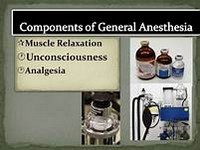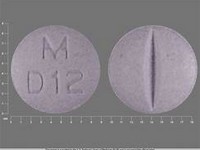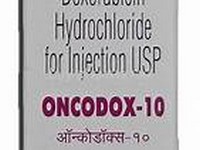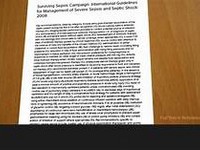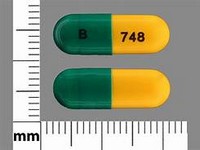Aminophylline
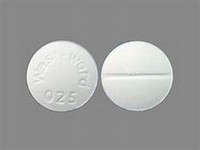
Aminophylline
CLINICAL USE
Reversible airways obstruction
Acute severe asthma
DOSE IN NORMAL RENAL FUNCTION
Modified release: 225–450 mg twice daily
IV loading dose: 5 mg/kg (250–500 mg)
Maintenance dose: 0.5 mg/kg/hour adjusted
according to levels
PHARMACOKINETICS
Molecular weight :
420.4
%Protein binding :
40–60 (theophylline)
%Excreted unchanged in urine :
<10 :
Volume of distribution (L/kg) :
0.4–0.7 (theophylline)
half-life – normal/ESRD (hrs) :
4–12/Unchanged
(theophylline)
DOSE IN RENAL IMPAIRMENT
GFR (mL/MIN)
20 to 50 : Oral: Dose as in normal renal
function and adjust in accordance
with blood levels
IV: Dose as in normal renal function
and adjust in accordance with blood
levels
10 to 20 : Oral: Dose as in normal renal
function and adjust in accordance
with blood levels
IV: Dose as in normal renal function
and adjust in accordance with blood
levels
<10 :
Oral: Dose as in normal renal
function and adjust in accordance
with blood levels
IV: Dose as in normal renal function
and adjust in accordance with blood
levels
DOSE IN PATIENTS UNDERGOING RENAL REPLACEMENT THERAPIES
CAPD :
Not dialysed. Dose as in
GFR <10 mL/min Monitor blood
levels. See ‘Other Information’
HD :
Not dialysed. Dose as in
GFR <10 mL/min. Monitor blood
levels. See ‘Other Information’
HDF/high flux :
Unknown dialysability. Dose as in
GFR <10 mL/min Monitor blood
levels. See ‘Other Information’
CAV/VVHD :
Not dialysed. Dose as in GFR=10–
20 mL/min Monitor blood levels.
See ‘Other Information’
IMPORTANT DRUG INTERACTIONS
Potentially hazardous interactions with other drugs
Antibacterials: increased concentration
with azithromycin, clarithromycin,
erythromycin, ciprofloxacin, norfloxacin
and isoniazid; decreased erythromycin
levels if erythromycin is given orally;
increased risk of convulsions if given
with quinolones; rifampicin accelerates
metabolism of theophylline
Antidepressants: concentration increased
by fluvoxamine – avoid concomitant use
or halve theophylline dose and monitor
levels; concentration reduced by St John’s
wort – avoid concomitant use
Anti-epileptics: metabolism increased
by carbamazepine and primidone;
concentration of both drugs increased
with phenytoin
Antifungals: concentration increased by
fluconazole and ketoconazole
Antivirals: metabolism of theophylline
increased by ritonavir
Calcium-channel blockers: concentration
increased by diltiazem and verapamil and
possibly other calcium-channel blockers
Tacrolimus: may increase tacrolimus levels
Ulcer-healing drugs: metabolism inhibited
by cimetidine; absorption possibly reduced
by sucralfate
ADMINISTRATION
Reconstition
–
Route
IV, oral
Rate of Administration
Loading dose over 20 minutes by slow IV
injection
Comments
Can be added to glucose 5%, sodium
chloride 0.9% and compound sodium
lactate
Minimum volumes range from 2–25 mg/
mL, give concentrated solution via central
line.
OTHER INFORMATION
Aminophylline: 80% theophylline + 20%
ethylenediamine
In bodily fluids, aminophylline rapidly
dissociates from ethylenediamine and
releases free theophylline in the body.
It is therefore not present in the body
long enough to be dialysed, whereas
theophylline is dialysed, see theophylline
monograph
Optimum response obtained at plasma
theophylline levels of 10 to 20 mg/L (55–110
micromol/L)
Increased incidence of GI and neurological
side effects in renal impairment at plasma
levels above optimum range
See how to identify renal failure stages according to GFR calculation
See how to diagnose irreversible renal disease
Home


